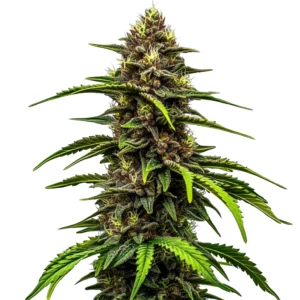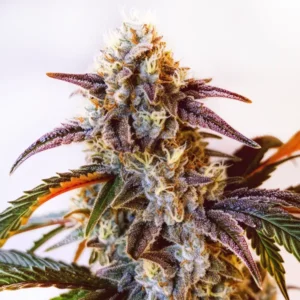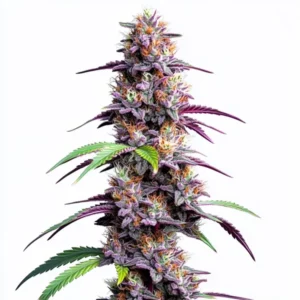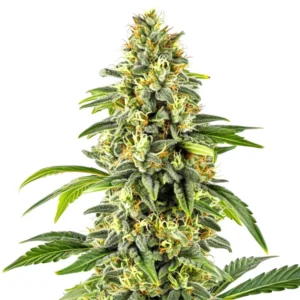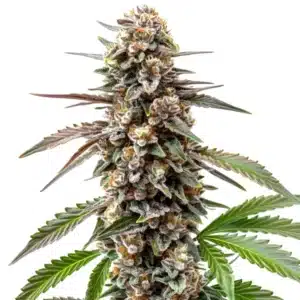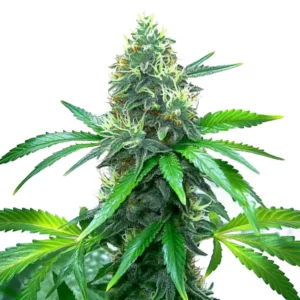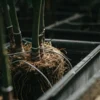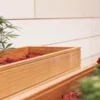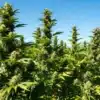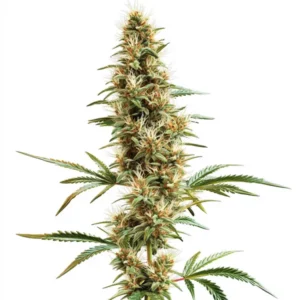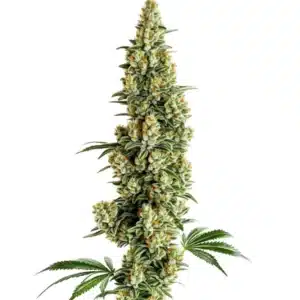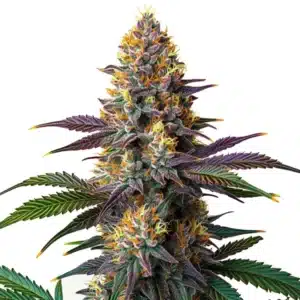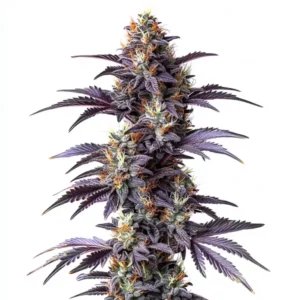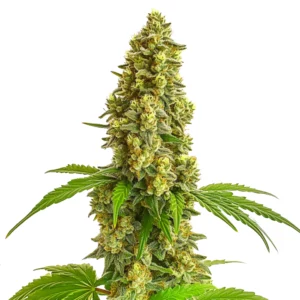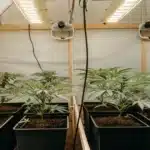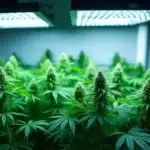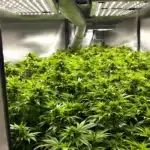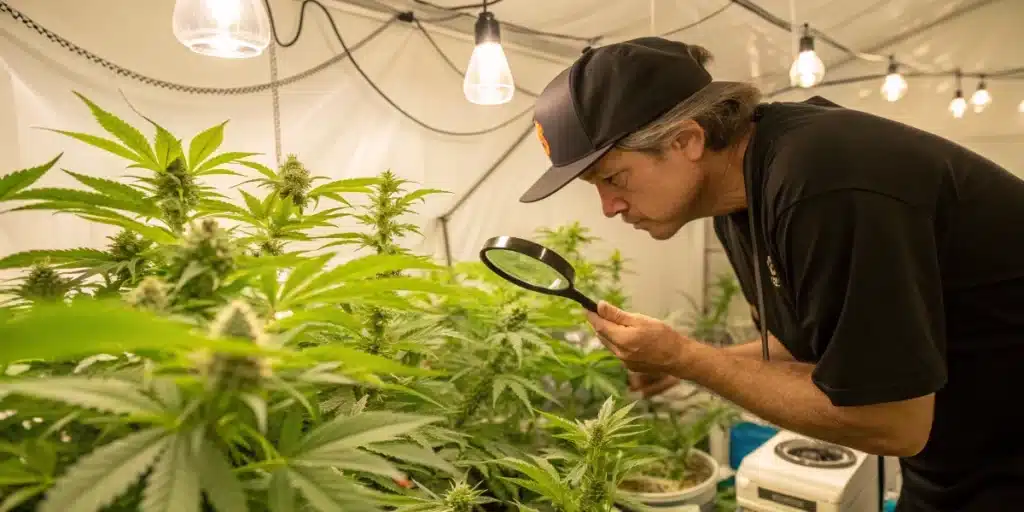
From Seed to Harvest: Timing Your Indoor Grow
Germination Stage
Starting your journey of growing marijuana from seed to harvest indoor begins with the germination stage. This is the crucial first step where life begins to sprout from those tiny seeds. Timing is everything here, especially when planning a successful indoor grow. The germination process typically lasts between 24 to 72 hours, but sometimes, it may extend to a week.
In some cases, seeds can take up to 15 days to germinate. If you’re unsure whether a seed is still viable, press it gently if it’s hard and doesn’t crack, it may still be alive. The key is to provide the right environment: a warm, moist atmosphere (70–80°F / 21–27°C) to kickstart the process and set the tone for the entire grow cycle.
Recommended Strains
Watermelon Autoflower
|
|
THC | 22% - 25% (Medium) |
|
|
Type | Autoflowering |
|
|
Yield | High |
|
|
Phenotype | 80% Indica / 20% Sativa |
Watermelon Z OG
|
|
THC | 18% - 21% (Medium) |
|
|
Type | Feminized |
|
|
Yield | Medium |
|
|
Phenotype | 55% Indica / 45% Sativa |
There are several techniques you can employ to ensure successful germination. The paper towel method is quite popular; simply place your seeds between damp paper towels in a warm spot, and wait for them to sprout. Alternatively, you can directly plant the seeds into a seedling medium just be careful not to plant the taproot too deep or upside down, as this can delay emergence. Regardless of the method you choose, keeping an eye on humidity and temperature will help you achieve the best results.
Techniques and Duration
When it comes to timing your indoor grow during the germination stage, patience is key. Once you see a taproot emerging, that’s your signal the seed is ready for transplanting. Handle seedlings carefully to avoid damage at this fragile stage.
In terms of duration, 24 to 72 hours is ideal. Longer than that? It could mean suboptimal conditions. Ensure you’re not exposing seeds to extreme dryness or cold. Also, if your substrate is airy and soft, roots will form faster, especially when there’s enough volume for them to spread. Healthy root development early on sets the pace for the entire grow.
Promos & Deals
Vegetative Growth
Once your seedlings have sprouted and are ready to move into the vegetative growth stage, the excitement kicks into high gear. This period typically lasts around 3 to 16 weeks. Timing your indoor grow here is all about understanding the needs of your plants as they develop a strong structure.
During this stage, nitrogen becomes essential it fuels growth and leaf production, laying the foundation for later bud development. Your light cycle should stay around 18 hours on, 6 hours off. Also, ventilation plays a key role consistent airflow not only strengthens stems but accelerates development.
Monitoring and Adjustments
As your plants grow, closely watch for changes in leaf texture, shape, or color. These signs reveal whether your environment is optimal. Over time, you may need to tweak watering, nutrients, or light intensity.
If you’re implementing training techniques like topping or defoliation, keep in mind that these will delay flowering slightly, as plants need extra time to recover. This doesn’t cut into your final harvest time, but it does extend the vegetative period.
Spacing also matters: proper air circulation reduces the risk of mold or pests and ensures light reaches all parts of the canopy.
Flowering Period
This is where the magic happens. Lasting 6 to 12 weeks depending on genetics, the flowering stage is about bud formation and resin production. The light cycle now shifts to 12/12 to trigger blooming.
During flowering, phosphorus and potassium become the stars of the nutrient regimen. These elements support flower formation, density, and trichome development. If you’re using CO₂ supplementation, this is the phase where it can make a big impact controlled CO₂ enrichment can speed up maturity and increase potency, helping you wrap up your grow faster.
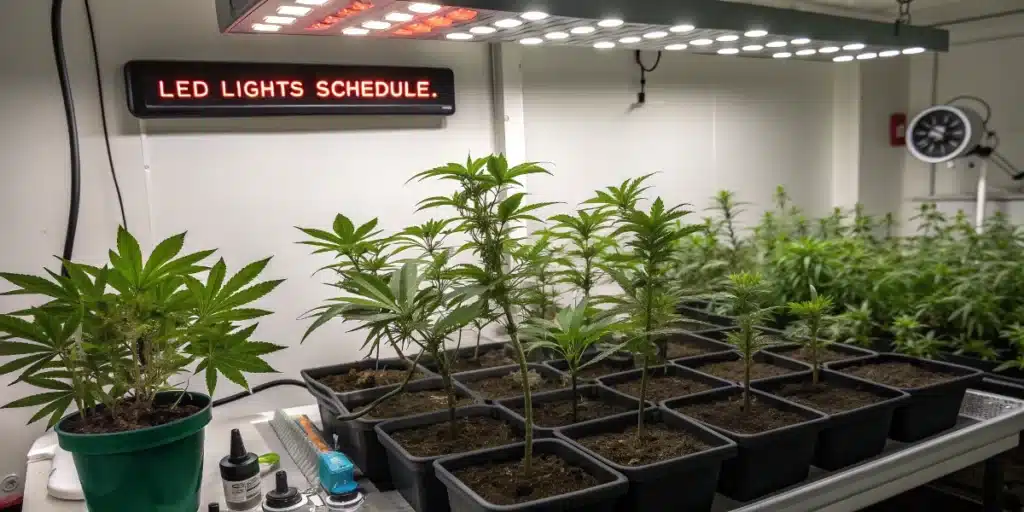
Growing Marijuana From Seed to Harvest Indoor Signs of Maturity
Knowing when your plants are ready to harvest is crucial. Visual signs include 90% of pistils turning dark orange and trichomes going from clear to milky, then amber. These cues tell you that your flowers are approaching peak potency.
A jeweler’s loupe or digital microscope will help spot these details. Remember that each strain has its own timing, so always cross-reference your plant’s development with breeder guidelines.
Growing Marijuana From Seed to Harvest Indoor Harvest Readiness
As flowering ends, preparation is key. Clean your tools scissors, gloves, containers and make sure your drying area is dialed in. Ideal post-harvest conditions are 60–70°F with 45–55% humidity in a dark, ventilated room.
Skipping or rushing this phase can compromise flavor, aroma, and smoothness. Give buds time to dry and cure properly. Done right, curing can elevate your final product dramatically.
Growing Marijuana From Seed to Harvest Indoor Final Preparations
Before you start cutting, double-check your environmental conditions. A cooler, dark space is ideal for the drying phase post-harvest. This can significantly affect the quality and potency of your buds. Once you’ve harvested, hang the branches upside down in a controlled environment, with temperatures around 60-70°F and humidity levels of about 45-55%.
Proper drying and curing are essential steps that follow your indoor grow, affecting flavor and potency. Take your time during this process; rushing can lead to harsh smoke and diminished quality. Once the buds are adequately dried and cured, you’ll be ready to enjoy the fruits of your labor, making all the timing and care worthwhile.
Growing Marijuana From Seed to Harvest Indoor: Strain Selection and Timing
One of the most important decisions you’ll make when growing marijuana from seed to harvest indoor is choosing the right strain. Not all cannabis plants develop at the same pace some are designed for speed, while others require patience but reward you with richer yields or more complex effects. Knowing how your chosen genetics affect the timeline of your grow will help you plan more efficiently and avoid unwanted surprises as your plants progress through each stage.
Choosing Fast-Flowering vs. Long-Flowering Strains
If your goal is speed and efficiency, fast-flowering strains like most autoflowers and certain indica-dominant hybrids can take you from seed to harvest in as little as 8 to 10 weeks. These are perfect for growers who want multiple harvests per year or have limited indoor space. On the other hand, long-flowering strains, often sativa-dominant, may need 12 to 14 weeks just for the flowering stage alone. While they demand more time and careful management, they often produce unique terpene profiles, stronger effects, and larger colas.
Autoflowering strains are another great choice for those seeking a simplified grow schedule. They switch to the flowering phase automatically based on age, not light cycle, which shortens the overall timeline significantly. However, you’ll sacrifice some control over plant size and structure compared to photoperiod strains. When selecting between fast- or long-flowering varieties, think about how much time and space you have and how much effort you’re willing to invest.
How Genetics Affect Timing Your Indoor Grow
Genetics play a massive role in how your indoor grow unfolds. Whether you’re working with a quick-harvest indica, a resilient hybrid, or a slow-developing sativa, your choice of strain directly impacts your light schedule, feeding cycles, training methods, and overall plant care. This is why timing matters so much when growing marijuana from seed to harvest indoor because your plant’s DNA sets the rhythm for every phase of the grow.
For example, photoperiod strains require a shift in the light cycle to trigger flowering, which gives you flexibility in vegetative growth length but it also means you’ll need to plan ahead. Autoflowers, meanwhile, need no such trigger but demand a consistent and stress-free environment from the start. Knowing your plant’s expected life cycle lets you align your environmental conditions, training techniques, and harvest expectations with precision.
In short, picking the right strain isn’t just about flavor or effect it’s about setting the pace of your entire operation. The more you understand your plant’s genetic blueprint, the smoother your journey will be from seedling to harvest-ready flowers.
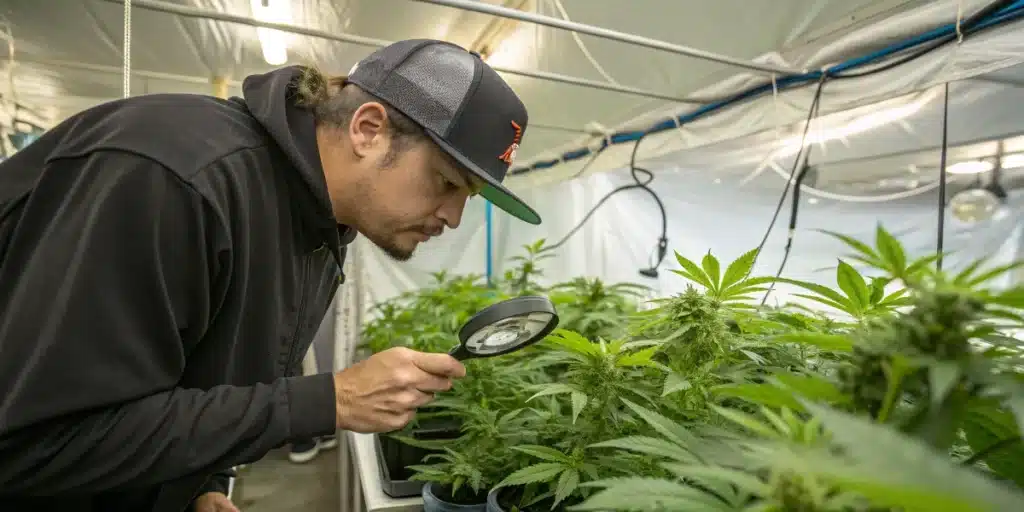
FAQS
What is the best temperature for growing marijuana indoors?
The optimal temperature for growing marijuana indoors is typically between 70-85°F during the day and slightly cooler at night. Maintaining this range helps promote healthy growth throughout all stages, from seed to harvest.
How can I tell if my plants are ready to flower?
Plants are usually ready to flower when they reach about one-third of their desired height. Signs of readiness include a robust structure and healthy green leaves. Adjusting the light cycle to 12/12 hours will initiate the flowering process.
What should I do if my plants are not growing as expected?
Check light intensity, nutrient availability, watering habits, airflow, and root zone health. Each issue can delay your timeline, so resolve problems early.


